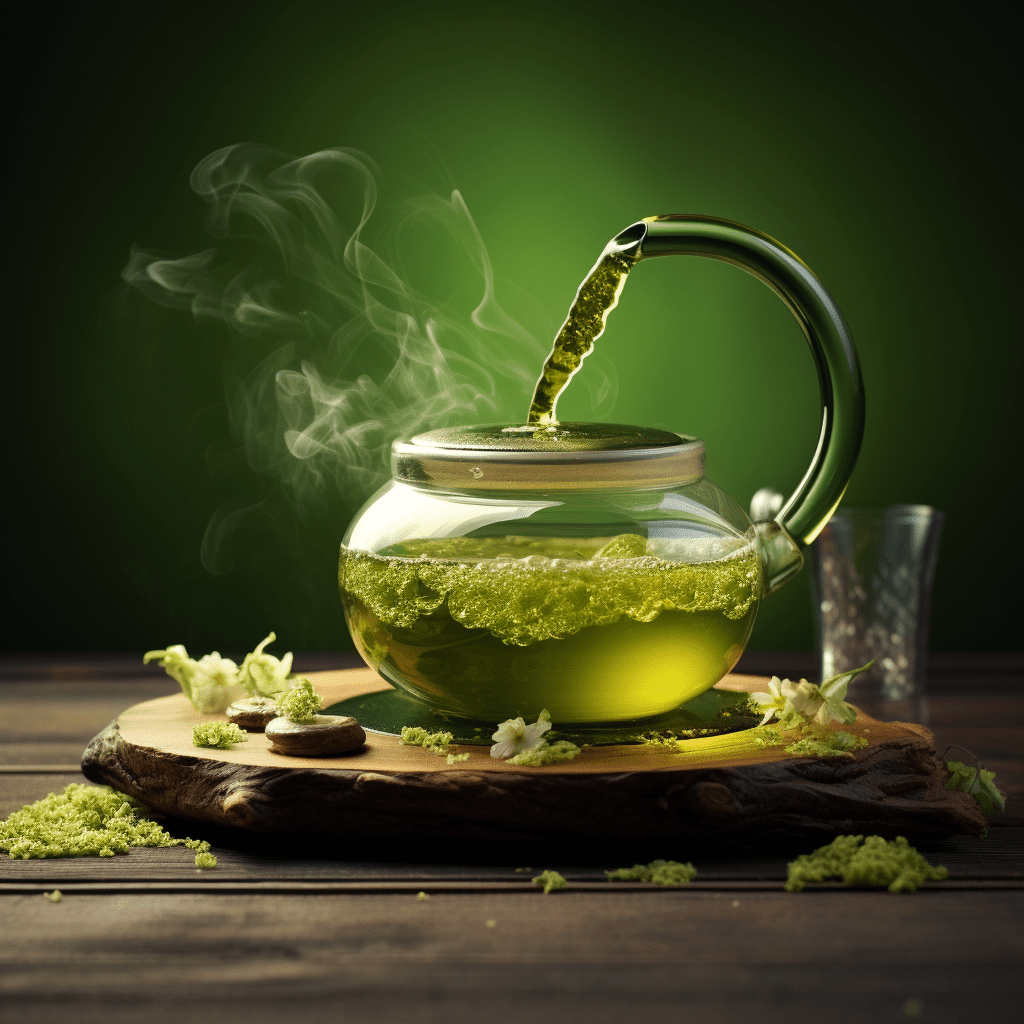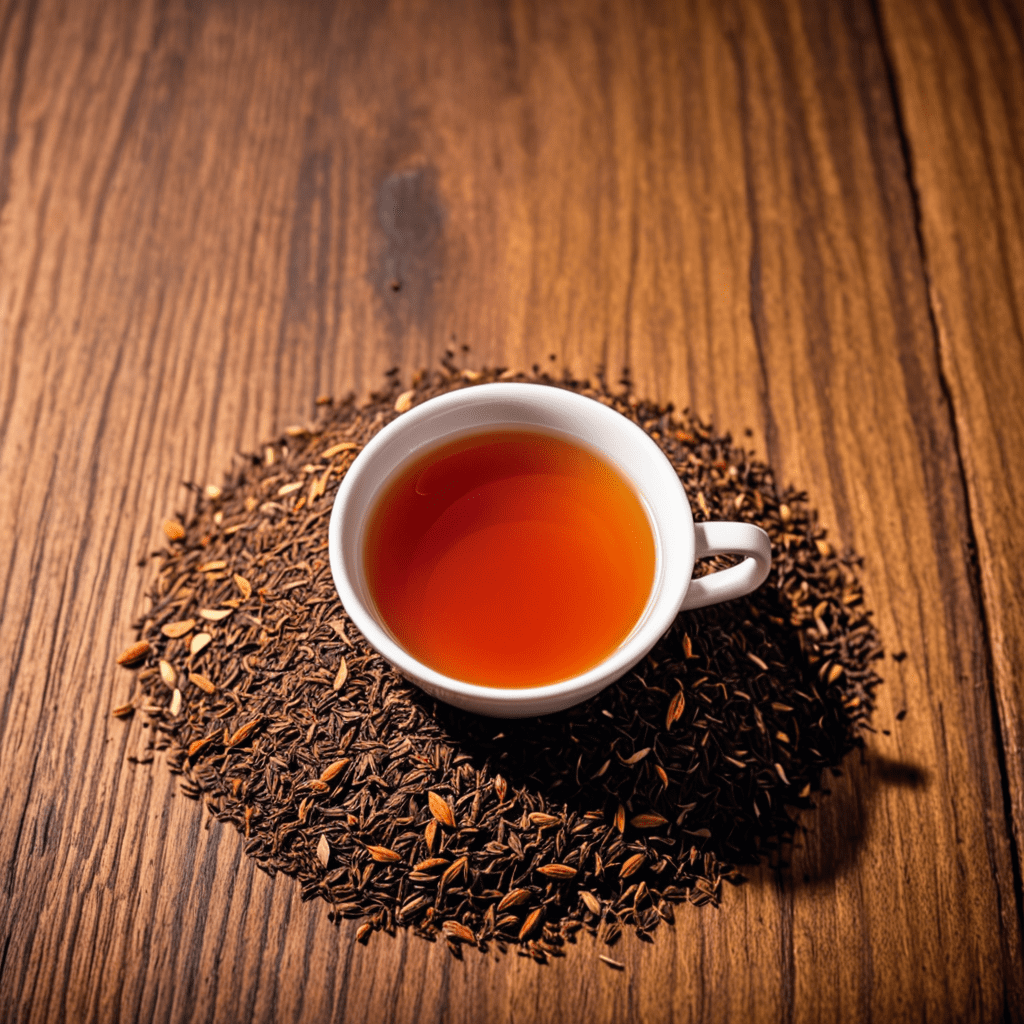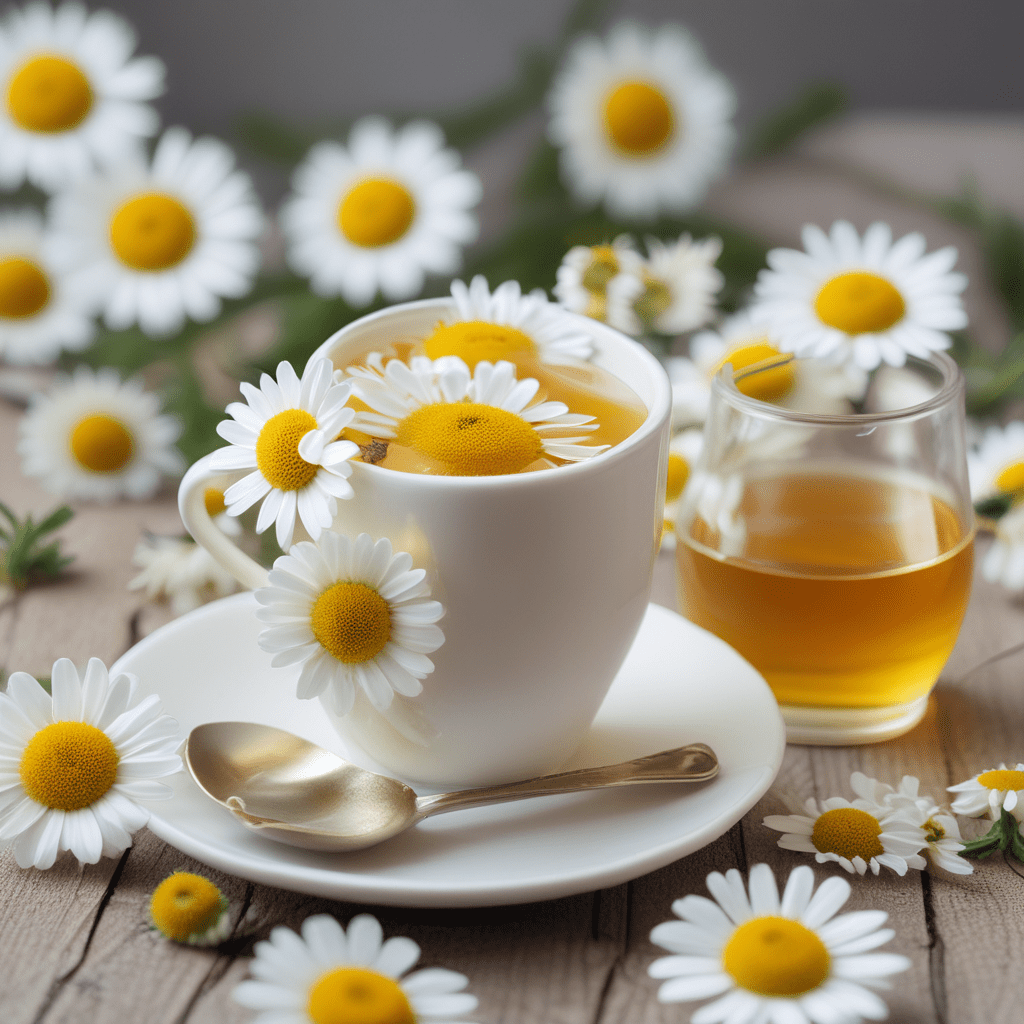
How to Make Green Tea Taste Better
Green tea is known for its numerous health benefits, but it’s not always the most appealing in terms of taste. If you find yourself struggling to enjoy a cup of green tea, don’t worry! There are several simple tricks you can use to enhance the flavor and make it more enjoyable. In this article, we’ll explore six ways to make green tea taste better.
1. Steep it at the Right Temperature
The temperature at which you steep your green tea can greatly impact its taste. Unlike black tea, which requires boiling water, green tea is best brewed at a lower temperature. The ideal temperature for steeping green tea is around 175°F (80°C). Boiling water can make green tea taste bitter and astringent, so be sure to let it cool slightly before pouring it over your tea leaves or tea bag.
2. Use Fresh, High-Quality Water
The quality of water you use can also affect the taste of your green tea. Tap water often contains chemicals like chlorine that can give your tea an undesirable flavor. To improve the taste, use fresh, filtered water whenever possible. This will help bring out the subtle flavors of the tea without any interference from impurities in the water.
3. Steep for the Right Amount of Time
Steeping green tea for too long can make it taste bitter and over-extracted. On the other hand, not steeping it long enough may result in a weak and flavorless cup. To find the perfect balance, steep your green tea for 2-3 minutes. This will allow the flavors to develop without becoming overpowering. Experiment with the steeping time to find your preferred taste.
4. Add a Squeeze of Lemon or Lime
If you find that green tea is too grassy or earthy for your taste, try adding a squeeze of lemon or lime. The citrus flavor will help brighten up the tea and provide a refreshing twist. Simply cut a small wedge of lemon or lime and squeeze the juice directly into your cup of green tea. You can also add a slice of lemon or lime for garnish.
5. Sweeten with Natural Sweeteners
If you prefer a sweeter cup of tea, avoid using refined sugar and instead opt for natural sweeteners. Honey, stevia, and agave syrup are great alternatives that can enhance the taste without overpowering the delicate flavors of green tea. Start with a small amount and adjust to your liking. Remember, a little sweetness goes a long way!
6. Experiment with Flavored Green Teas
If you still struggle with the taste of traditional green tea, consider trying flavored varieties. Many brands offer green tea infused with different flavors like jasmine, mint, or fruit. These can provide a more enjoyable experience for those who find regular green tea too bland or grassy. Explore the different options available and find a flavor that suits your preferences.
FAQ
Q: Can I reuse green tea leaves for a second cup?
A: While it’s possible to reuse green tea leaves for a second cup, the taste may not be as pleasant as the first. Green tea leaves release their flavors quickly during the initial steeping, so subsequent steepings may result in a weaker and less flavorful cup. If you enjoy a stronger brew, it’s best to use fresh tea leaves for each cup.
Q: Can I add milk to green tea?
A: While it’s common to add milk to black tea, it’s generally not recommended for green tea. The strong flavors of milk can overpower the delicate and subtle taste of green tea. However, if you enjoy the combination, you can experiment with a small amount of milk or non-dairy alternatives to find your preferred balance of flavors.

